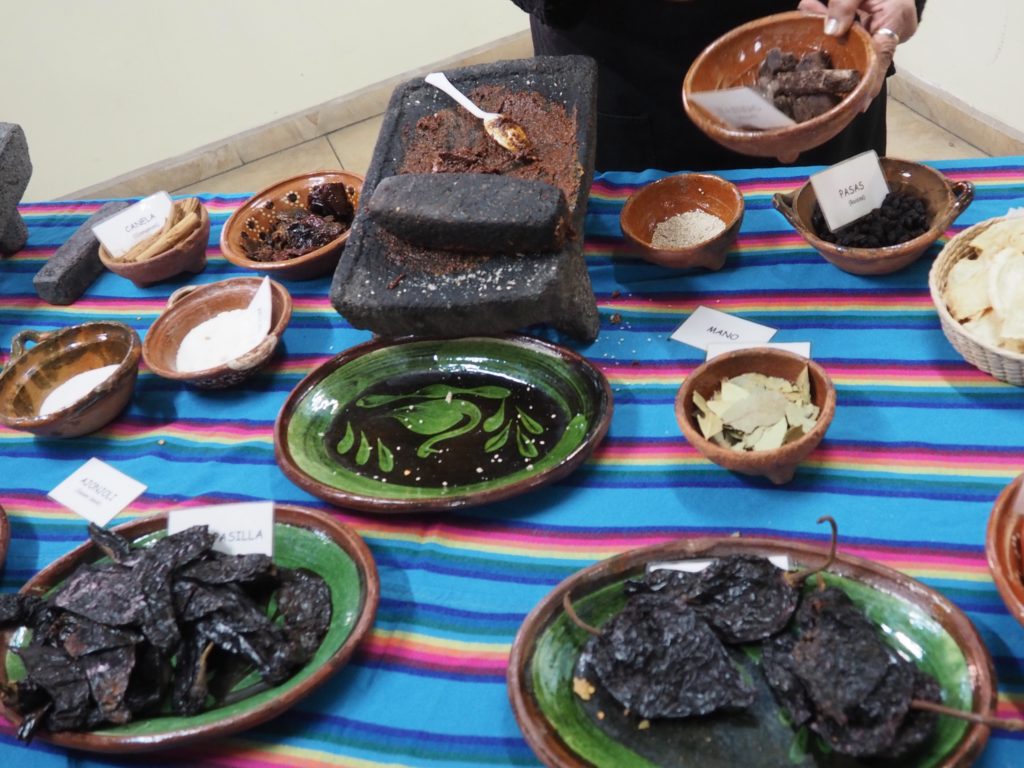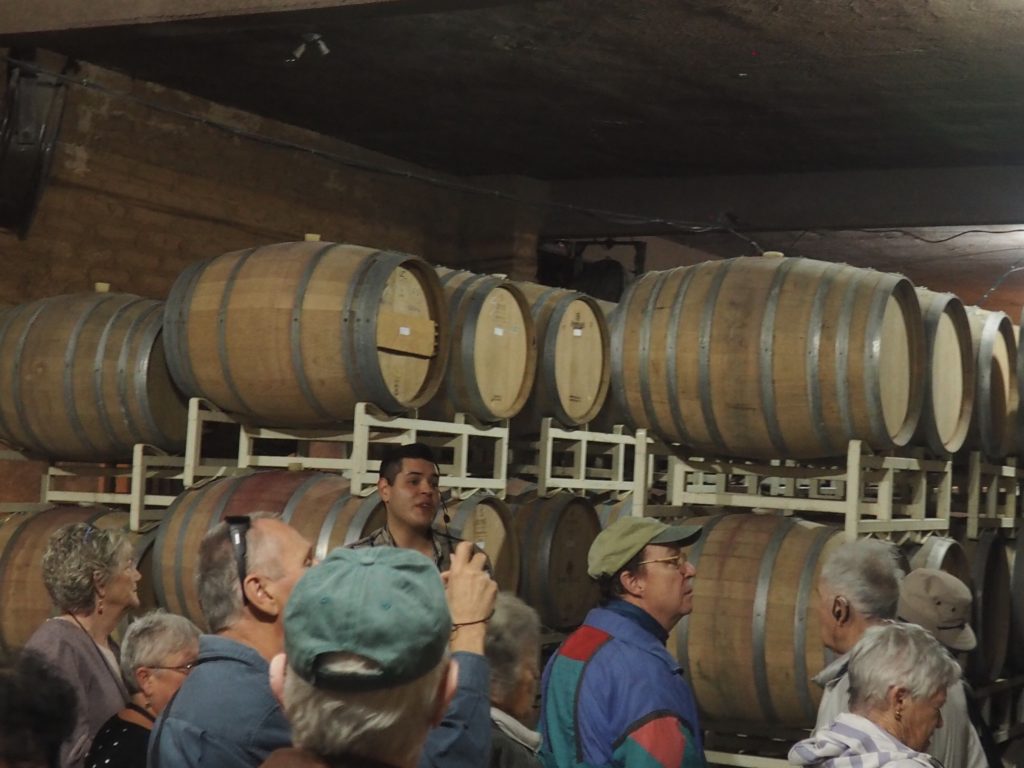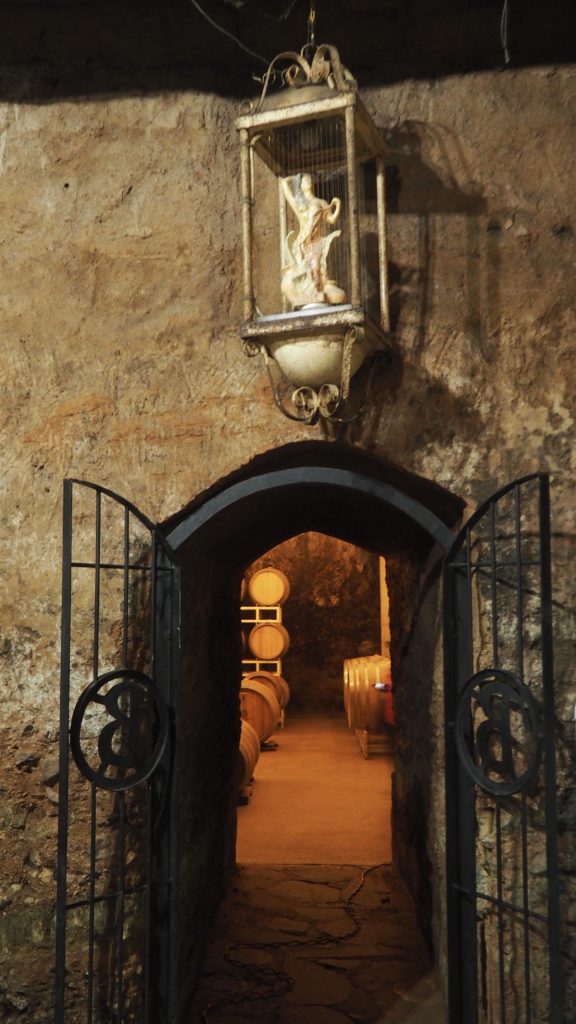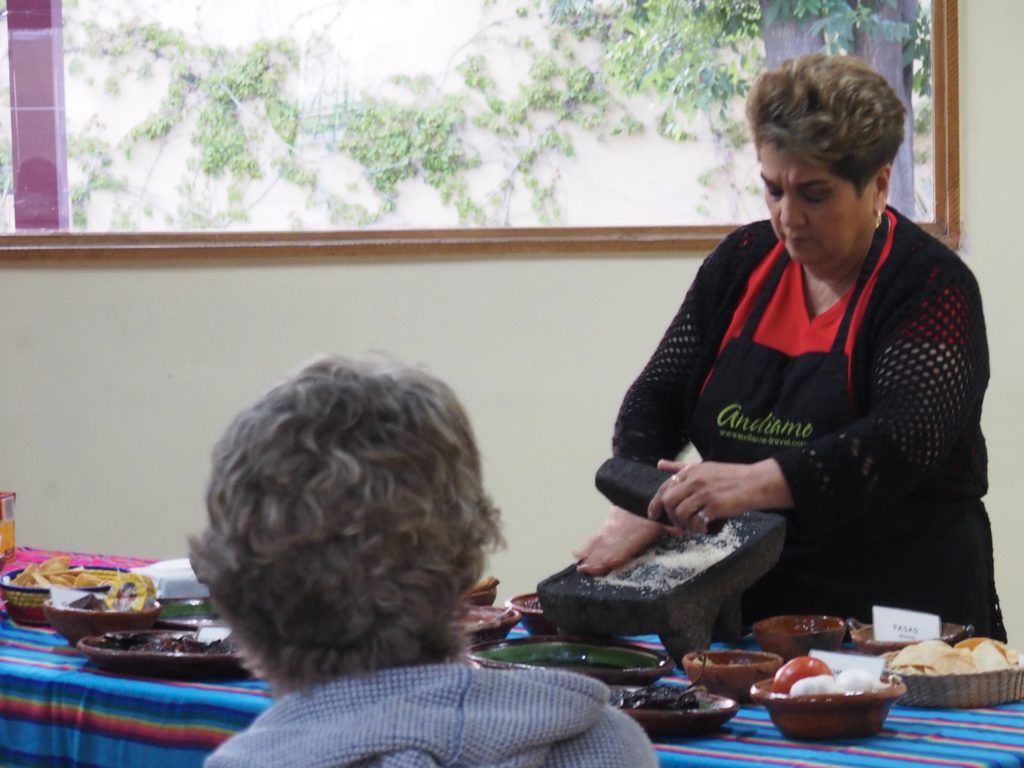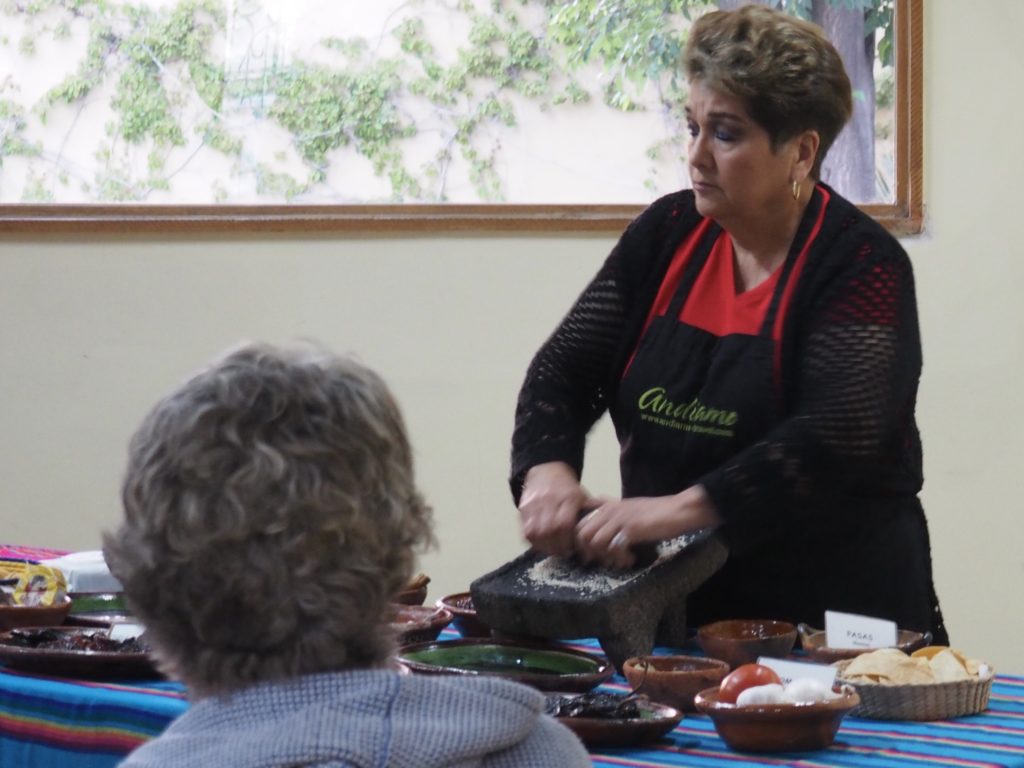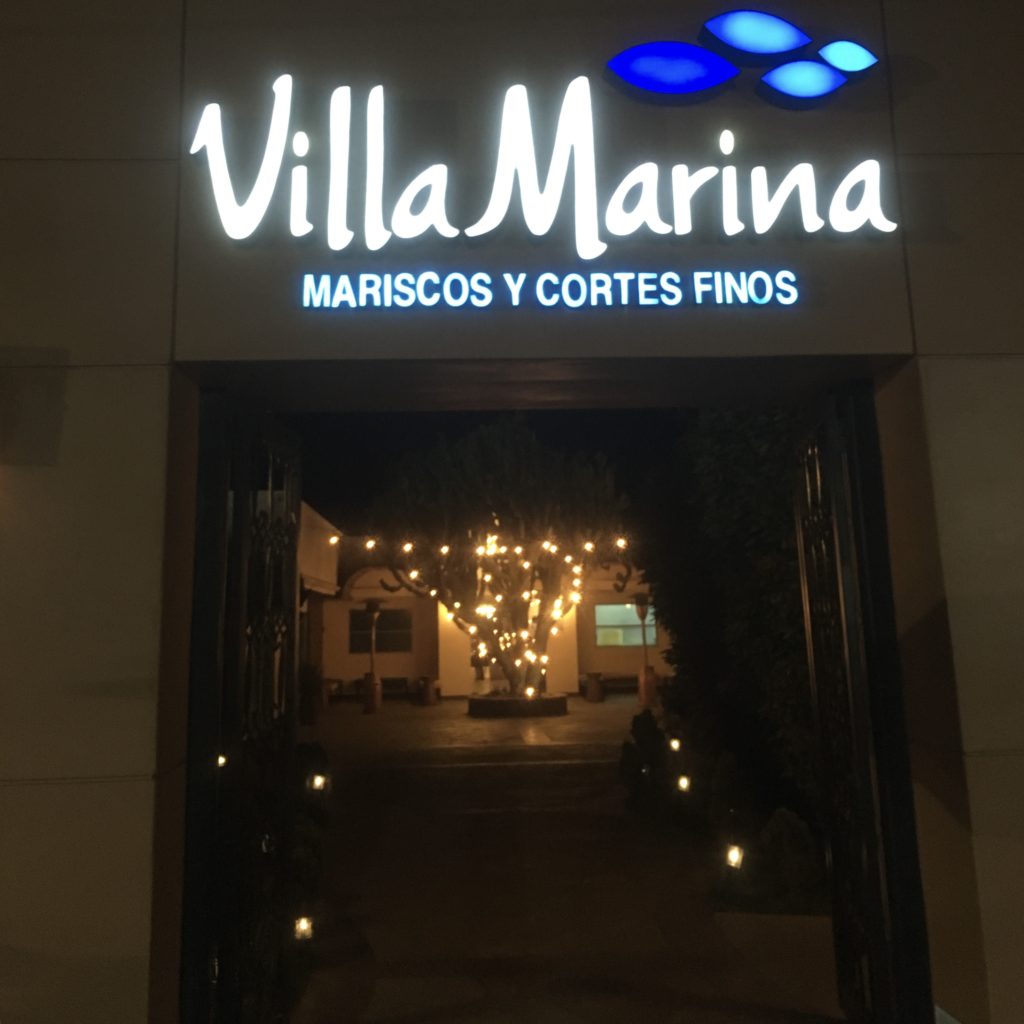
When we arrived in Ensenada, we followed Angel’s recommendation (San Diego Uber driver) and took an Uber about 4 miles from our hotel down the coast road to a restaurant overlooking the ocean, instead of using the vouchers for the hotel restaurant. If you come for the food, you have to take the chances you get to sample it. After our order was taken, another waiter came over to explain that our original waiter really hadn’t understood what we wanted to eat and he would help us (nonexistent Spanish only getting us so far). The portions were generous, so we had ordered too much food (and the new waiter kept us from ordering even more). The seviche was the highlight, followed by octopus and smoked tuna tacos. Everything was delicious and Jim really enjoyed his stuffed fish filets with three different sauces. The staff were disappointed we refused a doggie bag, as were our mates from the tour when we got back to the hotel and described our dinner.

Down the coast from Tijuana, Ensenada is a town of about 500,000 frequented by large cruise ships. In fact, it has a history of being a playground for wealthy Americans. The former Riviera del Pacifico casino is now a city-owned social and convention center. It was quite glamorous back in the 1920s and 30s when the Hollywood set came to play and the boxer Jack Dempsey was the manager. Rumors that it was owned by Al Capone were never confirmed. As you can see in the old photo, the casino used to sit right on a beautiful wide beach. Now it is several blocks from the water and there’s no beach, as a harbor was built instead.
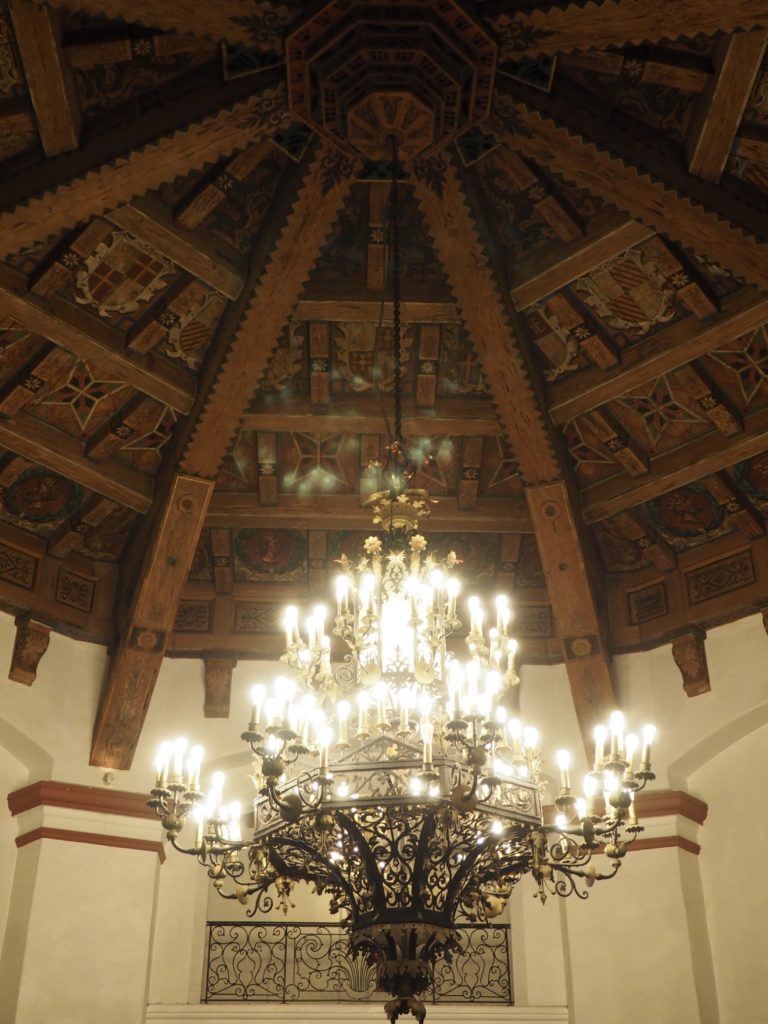
When the casino fell on hard times and closed, the property was abandoned and became derelict. Thieves scavenged almost anything of value. The lone chandelier to survive that humiliation was this one. The thieves couldn’t get it through the doorways because it had been fabricated on site.
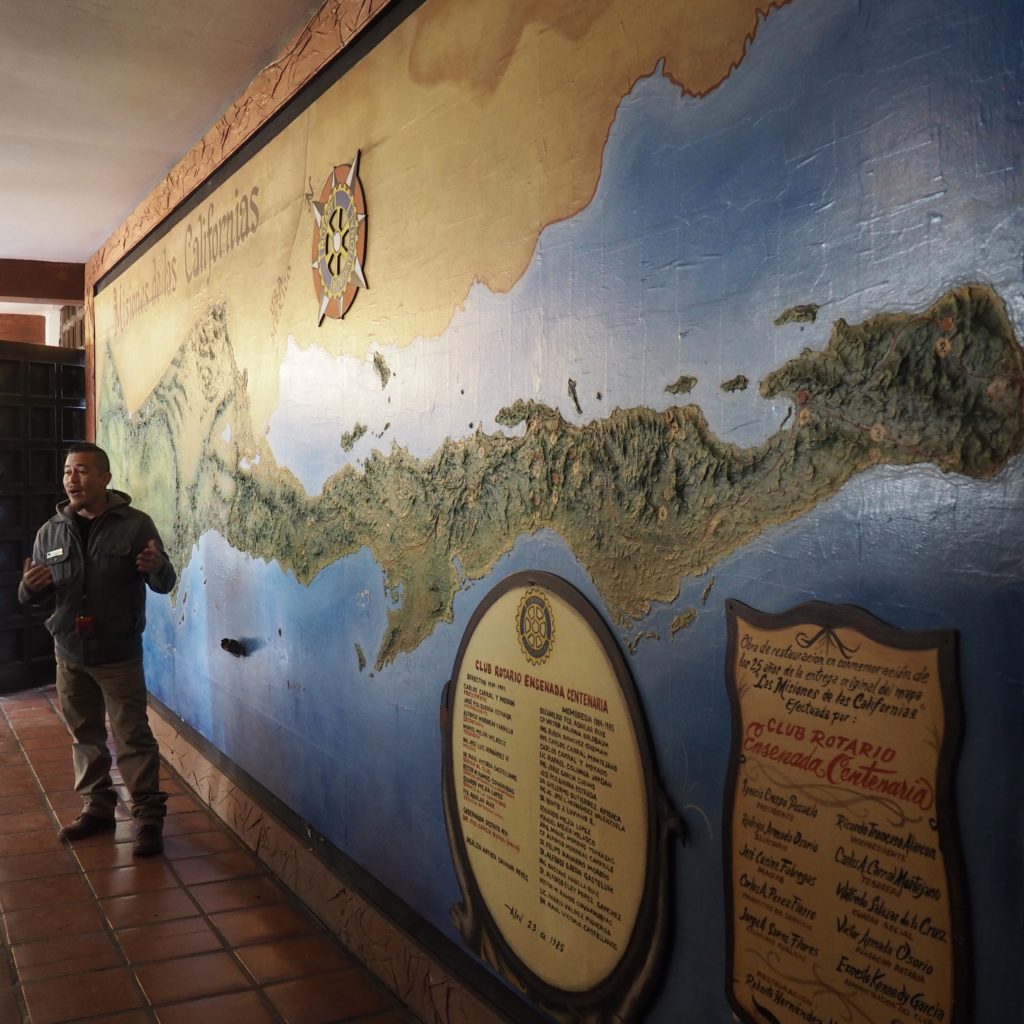
Our guide Hiroshi (native Ensenadan) used a topographical map at the social center to explain our trip down the peninsula, 700 miles as the crow flies (but we’re taking a bus). The lagoons we’ll be visiting to see the Gray Whales are primarily on the Pacific side.

From Encenada we went out to the wine country.
We visited two wineries. One small, the other midsized. The ambiance was enjoyable, the wines not as much. We all have different preferences (thank goodness).
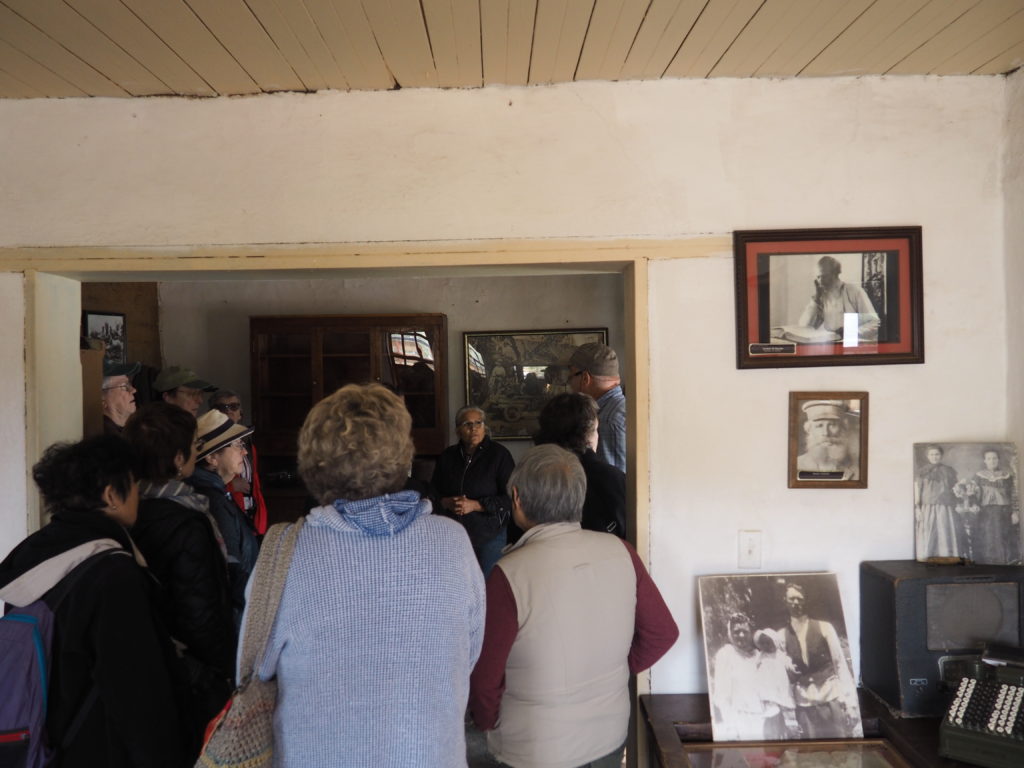
Among the settlers in the Guadalupe Valley was a colony of Russians who considered themselves to be Spiritual Christians and who were called Molokans or milk drinkers by their Orthodox neighbors (they consumed dairy products during Christian fasting periods). Somewhat more than 100 of the families who fled persecution around 1900 and began farming in the valley.
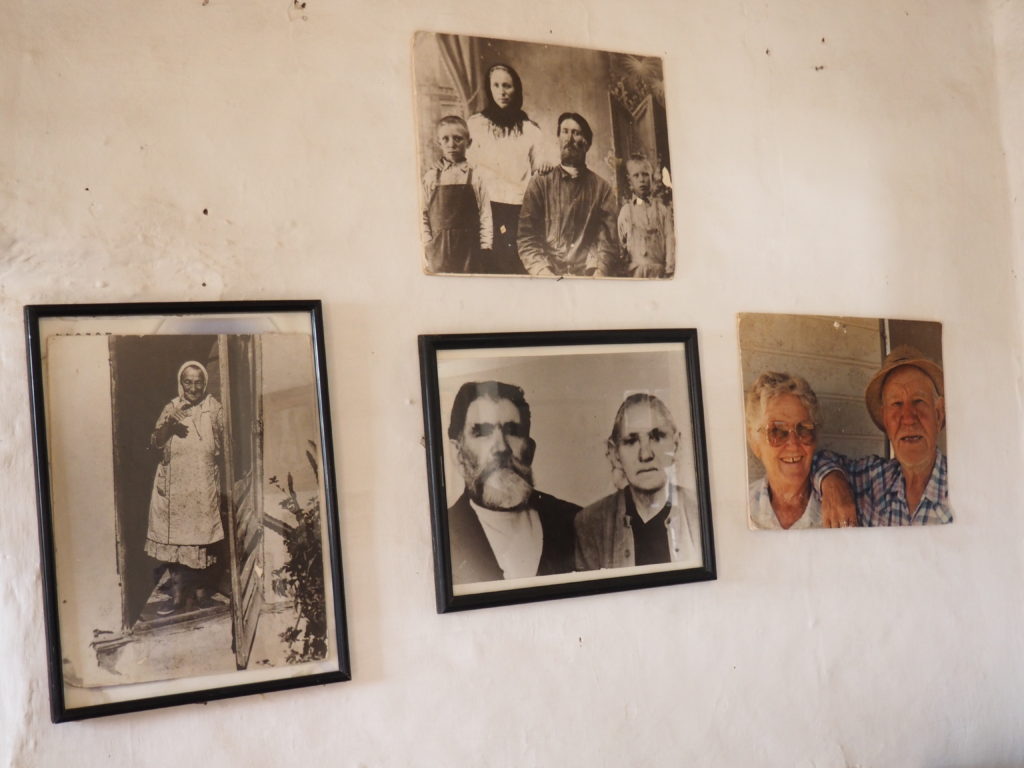

The Molokans rejected the formalities and institutional structure of organized religions, focused on a spiritual and individualized practice of religion and elected their own councils of leaders. Their descendants in the valley have retained artifacts and mementos and family names, although none of the religious practice. But, they still make borscht. In the shop next door they were selling cheeses.

Among the gifts of the Native Peoples of Mexico to the culinary world is the cacao plant and its many uses.
Two operations were demonstrated. One was the making of mole from grinding sesame seeds, a pulp of several chiles, raisins, almonds, and chocolate. The other was a chocolate drink made by first grinding the cacao bean itself (removing the husk) and adding sugar and spice. The wrist action was truly impressive using the traditional metate. However, our expert uses a blender for everyday cooking.
